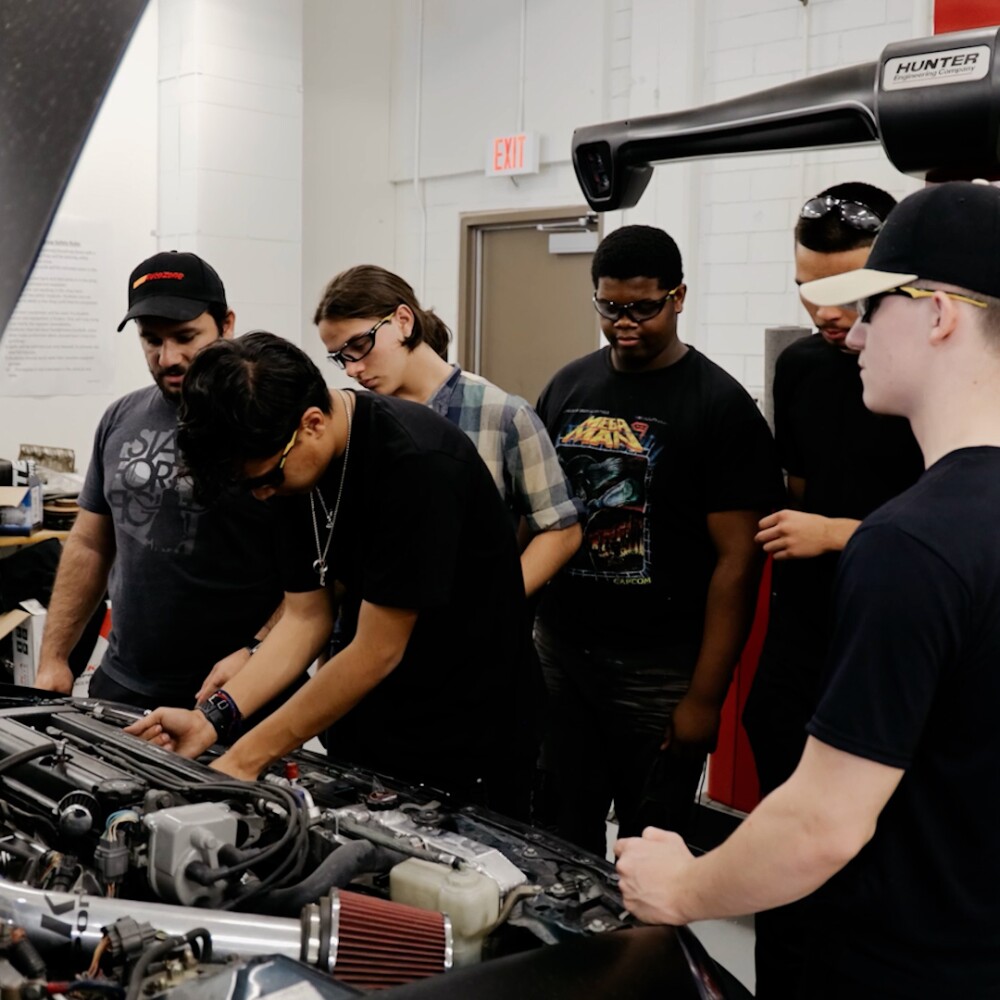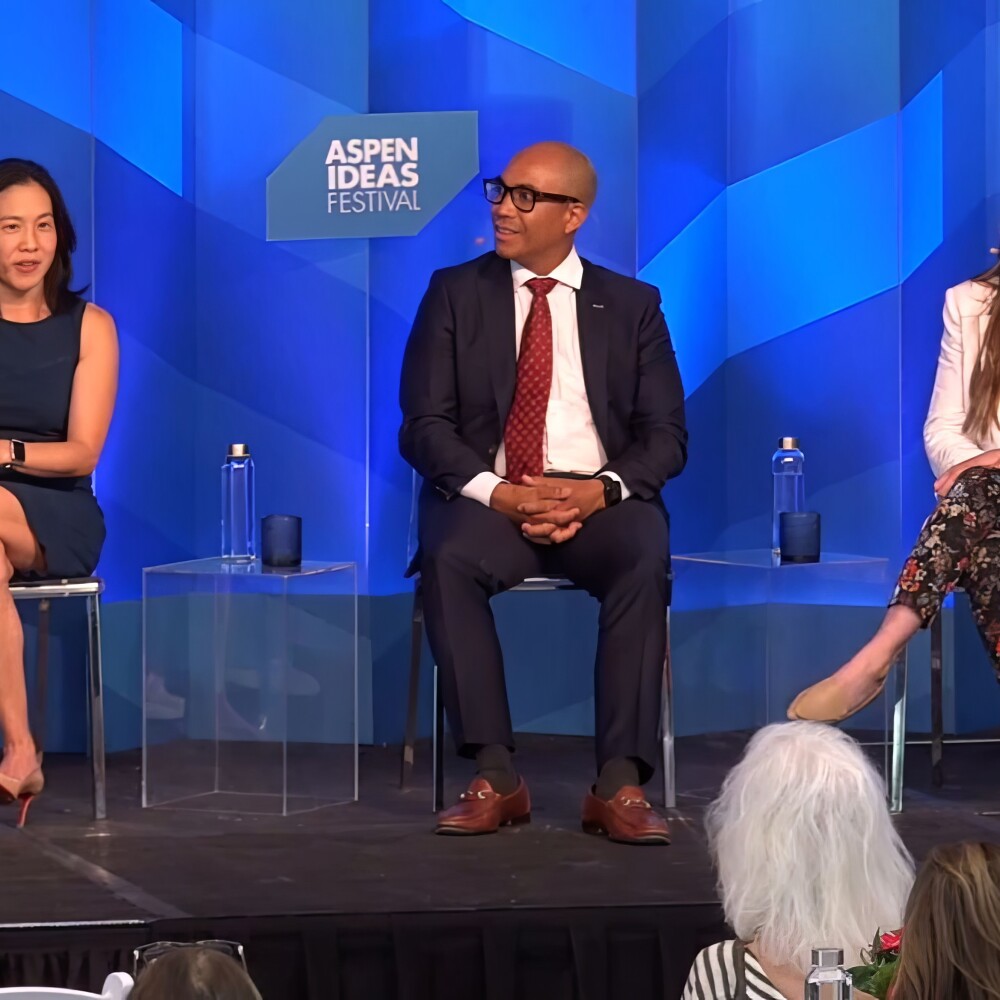The coronavirus pandemic has created the most significant disruption to American education in decades.
School closures due to coronavirus have impacted at least 124,000 public and private schools across the country, affecting more than 55 million students.
This sudden upheaval is unnerving and disorienting for students, their families, teachers and school leaders. Thousands are left scrambling to adapt to remote learning plans which are being invented and implemented on the fly.
This is uncharted territory for all of us.
But the impacts are being felt more acutely among our most vulnerable students, including millions in the rural communities of the U.S. Heartland.
To elevate the challenges families are facing, and the solutions that are helping millions of students every day, the Walton Family Foundation and Heartland Forward are joining with Axios to host a three-part virtual series addressing some of the biggest educational issues facing our country.
The first of these events, to be held April 23, will explore how we can reach and serve the most vulnerable students at this moment.
Without dramatic and innovative solutions, the barriers to online learning that hurt kids during normal times will become even bigger, more devastating hurdles now.
We will address the “homework gap” – a term used to describe the estimated 7 million to 9 million students who, pre-COVID-19, struggled to complete homework because they did not have access to devices or Internet connectivity at home. Speakers like Khan Academy Founder and CEO Sal Khan, Kansas Governor Laura Kelly and Federal Communications Commission Chairman Ajit Pai will address the resources and policies needed to ensure all students, regardless of geography or demographics, have what they need to minimize disruptions in learning.
Without dramatic and innovative solutions, the barriers to online learning that hurt kids during normal times will become even bigger, more devastating hurdles now.
The Center for Rural Innovation reports this gap is especially significant in the U.S. Heartland, where 2.6 million school-aged children lack broadband access at home.
Across the country, teachers in the highest-poverty schools report that nearly a third of their students are not logging in or otherwise making contact – nearly three times the rate reported by schools with far fewer students living in poverty, according to the EdWeek Research Center.
This is heartbreaking. It’s incumbent on everyone invested in the next generation to find innovative ways to ensure all students, regardless of geography or demographics, have the resources they need to minimize disruptions in learning.
The encouraging news is that many educators are finding creative ways to help students, showing us that where there is a will, there is a way.
In the Heartland, the North Kansas City School District launched Parent University to equip parents with tips and tools to support their children. And in Oklahoma, Tulsa Public Schools is connecting families to internet providers offering free connectivity, while also dispatching activity buses equipped with wifi to areas where families most need access.
The second event in this series, on April 28, will address how leaders in education and education technology, policymakers and parents are navigating the challenges and opportunities of remote learning.
Speakers will share interesting ideas that have emerged to ensure kids are ready for the next school year and beyond, and the barriers holding them back.
Organizations across the country are responding with creative solutions to support students, educators and families.
TNTP, for example, is working directly with districts leaders and educators across the country, including in the American Heartland, to help them pivot to distance learning. Platforms like Zearn are offering parents, educators and students free, high-quality curriculum and expanding to provide even more resources.
How can we learn from efforts to close the ‘skills gap’ as the economy recovers from the coronavirus shock?
We’ll wrap up the series on May 5 by addressing an important question as politicians discuss how schools and the economy should be reopened – how to prepare students for jobs and careers at a time of enormous economic uncertainty.
The job market for young people in a post-COVID era will look far different than it did mere weeks ago. Schools must adapt now to prepare students for the workforce of tomorrow.
Before COVID-19, a wave of high schools were preparing students to fill the demand for a new kind of educated worker.
How can we learn from those efforts to close the ‘skills gap’ as the economy recovers from the coronavirus shock? How will governors prioritize strong education-to-employment pathways for young people in their plans to re-open schools?
The decisions that schools, policymakers and parents make will have profound implications for students not only in the difficult weeks and months ahead, but may also reshape education far into the future.



